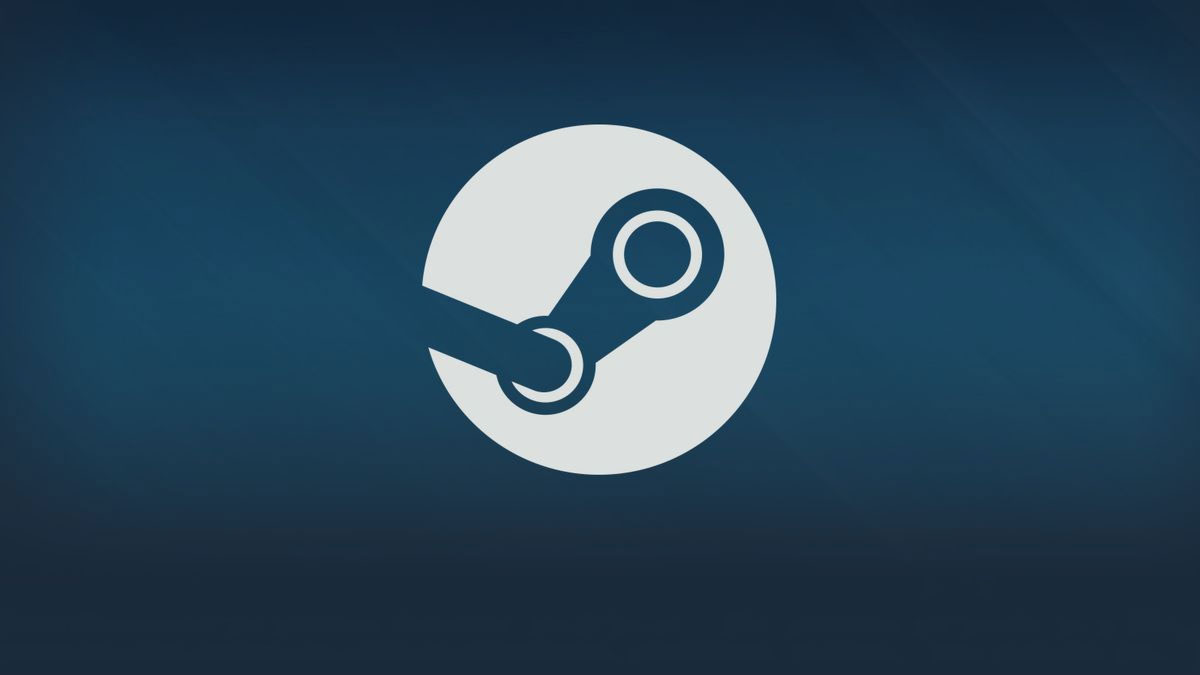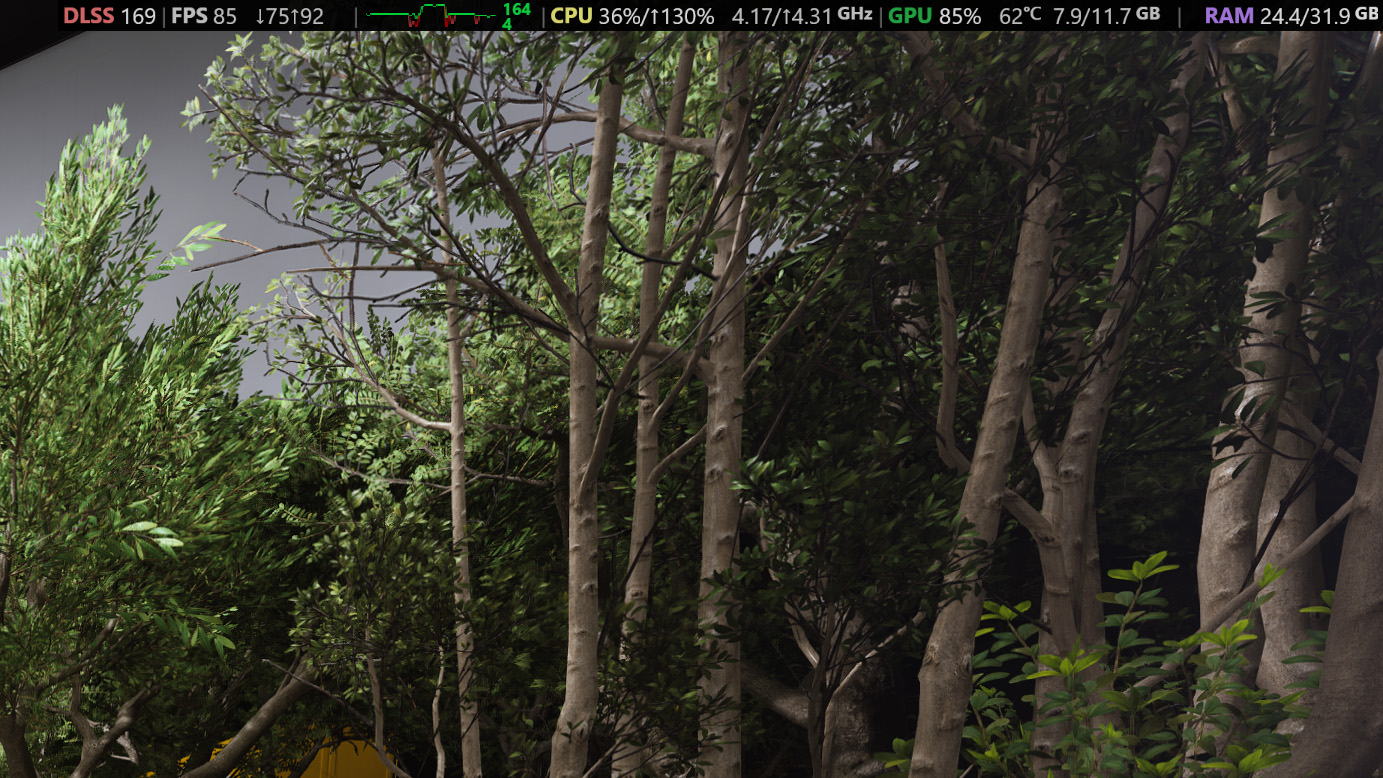Measuring 'fake' frames — Steam beta in-game overlay now detects DLSS/FSR frame generation and reports both framegen and native frame rates
New overlay also features an fps graph and monitors CPU usage, clock speeds, GPU temps, RAM usage, and more.

Valve is finally working on a full in-game overlay for Steam that provides significantly more information than just frames per second (fps). The June 17th Steam Client Beta introduced an upgraded overlay that monitors hardware usage and supports DLSS/FSR frame generation monitoring.
Valve's new overlay provides significantly more information than before — enough to compete with many third-party overlays. Valve's new overlay is also one of very few monitoring solutions that allows gamers to monitor both native frame rates and AI-generated frames, often referred to as 'fake frames,' simultaneously — a feature that will only become more useful as frame generation technologies become more mainstream.
The new overlay incorporates a more advanced fps monitoring system that includes an fps graph, as well as CPU usage/clock speed monitoring, GPU temperature monitoring, GPU memory usage monitoring, and RAM usage monitoring.

The fps monitoring portion now displays fps and frame rate fluctuations within one second of time. When turned on, the overlay will display the average fps, with two numbers to the right; one is associated with a down arrow and represents the minimum frame rate, and the other is next to an up arrow and represents the maximum frame rate (displayed over one second of time). It isn't quite the same as 1% and 0.1% lows, but Valve believes this is the best way to display potential micro stutter to gamers.
The frame rate graph displays average fps values over a 90-second window with a green line. A red line will appear if major frame rate dips occur, helping gamers detect micro stutter.
The fps section now supports AI-generated frame rate monitoring (as previously mentioned) when DLSS or FSR frame generation is enabled in a game. When active, the overlay will update itself automatically, displaying either "DLSS" or "FSR" in red and showcasing the number of generated frames next to the regular frame rate counter, allowing gamers to monitor both generated and native frame rates simultaneously.
CPU performance is monitored with the same "% process utility" method as it is in Windows. This method measures work done on the CPU based on the chip's base frequency. Microsoft introduced this method of monitoring CPU utilization in Windows 8 to provide a clearer monitoring solution on CPUs with turbo boosting technologies that constantly vary the CPU's clock speed.
Somewhat confusingly, Valve's utilization numbers will regularly exceed 100%, due to the limitations of the aforementioned "% process utility" method. The overlay will provide two numbers: the left number represents total processor utility encompassing all cores, while the right number represents the processor utility of a CPU's most-utilized core. Unlike Microsoft's implementation, Valve's CPU monitoring system will take into account turbo boosting, and so utilization percentages will go above 100% regularly on virtually all modern CPUs.
Get Tom's Hardware's best news and in-depth reviews, straight to your inbox.

Aaron Klotz is a contributing writer for Tom’s Hardware, covering news related to computer hardware such as CPUs, and graphics cards.
-
Elusive Ruse I noticed this yesterday, CapFrameX causes some performance hit and FrameView doesn’t work consistently for me. Interestingly enough it was the other day that I wished Steam could offer the same telemetry data as they do on the Deck.Reply
Can’t wait to try it out this evening. -
MJS WARLORD I only use steams fps counter , no 3rd party fps counter and to be perfectly honest i think the counter is flawed.Reply
A high demanding game like horizon zero dawn gives 144 fps
My go to game .. satisfactory never shows above 48 fps , at that low speed i should have stutter but dont.
Age of mythology extended can be 60 fps or 144 fps ????
I have even seen a word puzzle game claiming i am getting fps at a couple of thousand lol.
The fps i see does not seem to relate to the quality i am seeing , my gpu is a zotac gtx 1080 , i got it 9 years ago when it first came out and can still hold its own against some of todays cards. -
IDuB So the article only includes a SINGLE screenshot buried deep in the Artie (didn’t even see it due to the adverts… Goes SUPER in depth do describe the overlay, when just a series of reference images sprinkled throughout would’ve done the trick. Also, isn’t it the norm of these articles to describe HOW to update to the beta version and activate it is something that is always included (even if enabling beta overlay is easy).Reply
tl;dr: Why just put the steam logo as the leading image and not multiple shots of the new overlay?! -
Elusive Ruse I tried it out and I’m liking it, the data is not as detailed as what you can get out of other dedicated apps but I think it’s a good starting point. The horizontal layout was a good call, it makes the telemetry much less intrusive.Reply